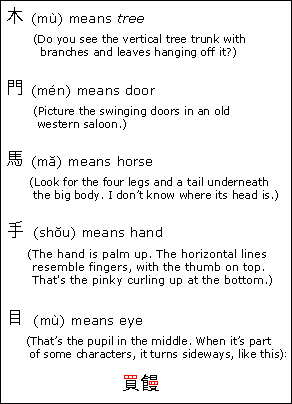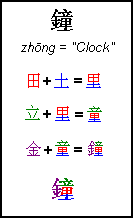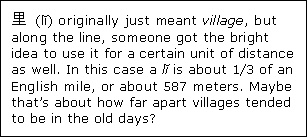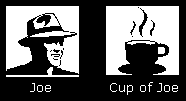




In Angle 2, we learned the principles governing the stroke order for Chinese characters. Another way of defining characters involves "principles of construction." In this scheme, there are six types of characters, with each type finding its meaning based on one of the following principles.
Picture characters are simply meant to look like the things they represent. As we mentioned before, though, many pictograms evolved over time so that the resemblance is less than obvious.

 Chinese
characters are often combined to create larger, more complex characters.
Chinese
characters are often combined to create larger, more complex characters.
Symbol characters symbolize (what else!?) an idea or concept. Below, in the character meaning above, the vertical line and small stroke are above the horizontal line. In the character meaning below, they are underneath.

Also called Sound-Loan characters, these borrow the same written form and sound of another character, but have unrelated meanings.

